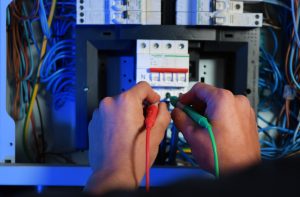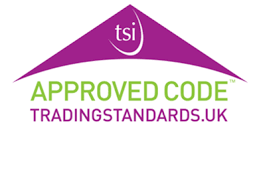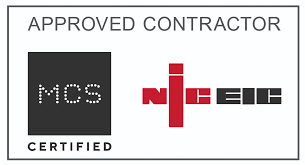St Andrews: 01334 850382
Glenrothes: 01592 654553
Email: info@rbgrant.co.uk
St Andrews: 01334 850382
Glenrothes: 01592 654553
Email: info@rbgrant.co.uk
Since December 2015, private landlords are responsible for ensuring that an electrical safety inspection or EICR is carried out on their property by an approved electrician at least every five years. Private Landlords will also have to comply with the Scottish standard for smoke alarms to LD2 grade D.

The act covers the following
Landlords must be able to prove that all of the above are in a reasonable state of repair and in proper working order.
If you provide holiday lets and short term occupancy you are still required under the health and safety at work act to have a current EICR in place.
Landlords are required to ensure that regular electrical safety inspections are carried out by a competent person, and that anything that fails to pass the inspection is replaced or repaired immediately.
As a minimum, an electrical safety inspection must be carried out:
A copy of the most recent electrical safety inspection reports must be provided to both new and retained tenants.
The person who conducts the checks must be employed by a firm that is a member of an accredited registration scheme operated by a body recognised by the Scottish Government – this will usually mean that they are registered with NICEIC or a member firm of the Electrical Contractors’ Association of Scotland (SELECT).
The Scottish government guidelines details the transitional rules for the scheme.
An electrical safety inspection has three parts:
For the Electrical Installation Condition Report, the registered electrician will carry out checks of installations for the supply of electricity, electrical fittings (including but not limited to switches, sockets and light fittings) and fixed electrical equipment (including but not limited to boilers, panel and storage heaters and hard-wired smoke and fire detectors).
As a result, the electrician will produce an EICR document that highlights any problems using different classifications: code C1 indicating ‘danger present’, code C2 indicating ‘potentially dangerous’ and code FI indicating ‘further investigation required’. Any remedial work that is undertaken as a result of the inspection will then be recorded on a Minor Electrical Installation Works Certificate.
You may have a copy of an Electrical Installation Certificate rather than an EICR if:
If you have an Electrical Installation Certificate, you can provide this to demonstrate that your property complies with the new guidance, provided that the date of the next inspection indicated on the certificate has not elapsed.
For more information on Electrical Installation Condition Reports, see our Condition Reports explained page.
The PAT test covers any movable electrical equipment that the landlord has provided as part of the tenancy (refrigerators, toasters, TVs, etc.) and must be carried out by either a registered electrician or any person who has completed appropriate training as a PAT Tester (which can include the landlord)
Anything that fails to pass the electrical safety inspection or PAT test must be replaced or repaired immediately.










